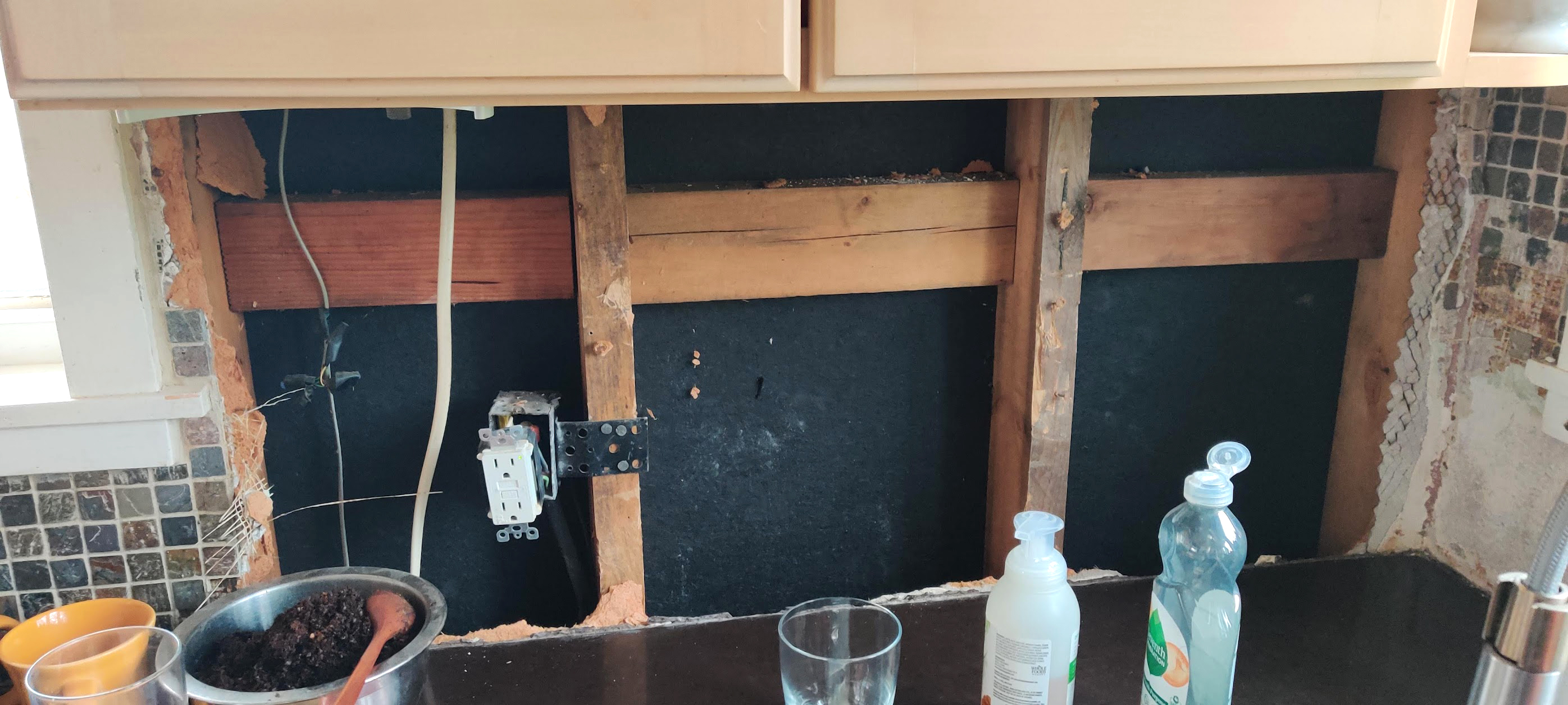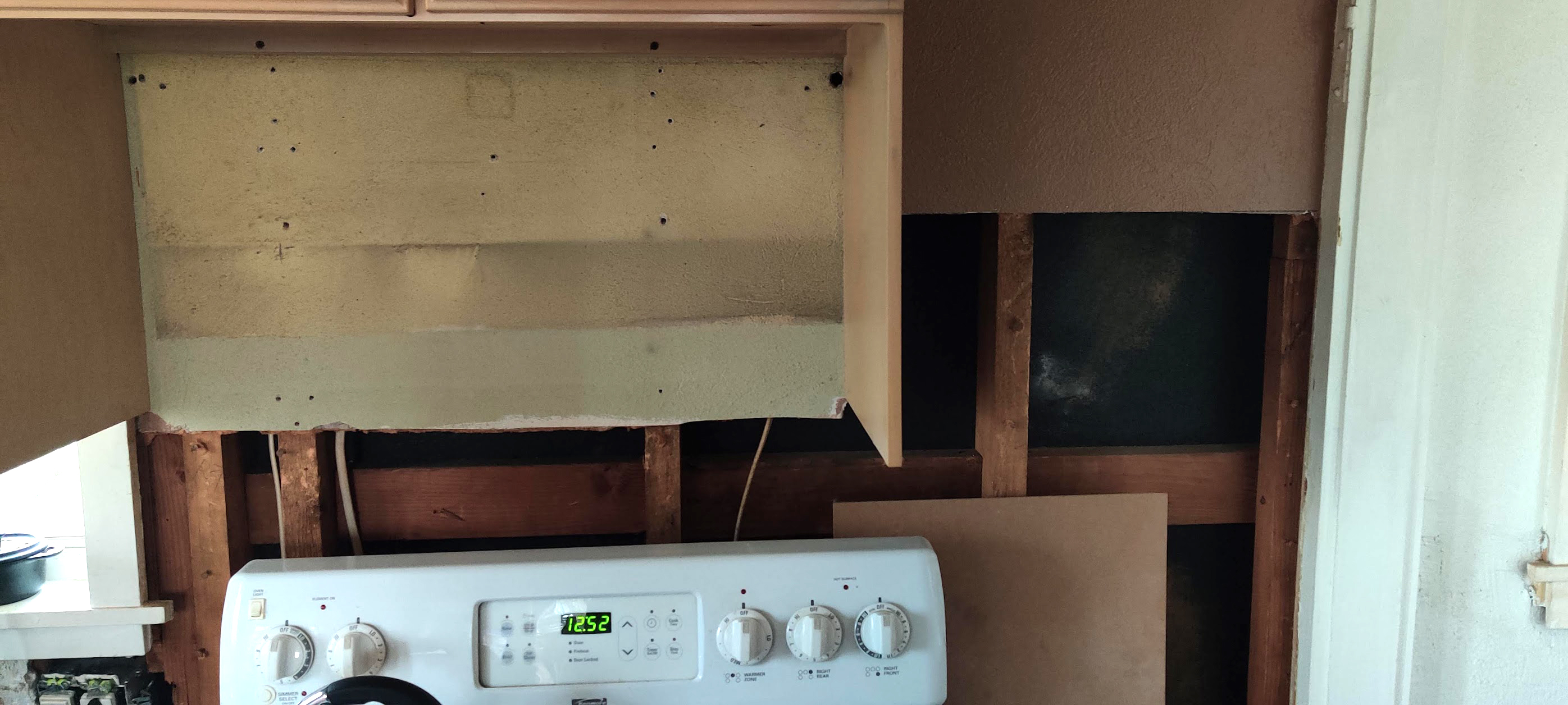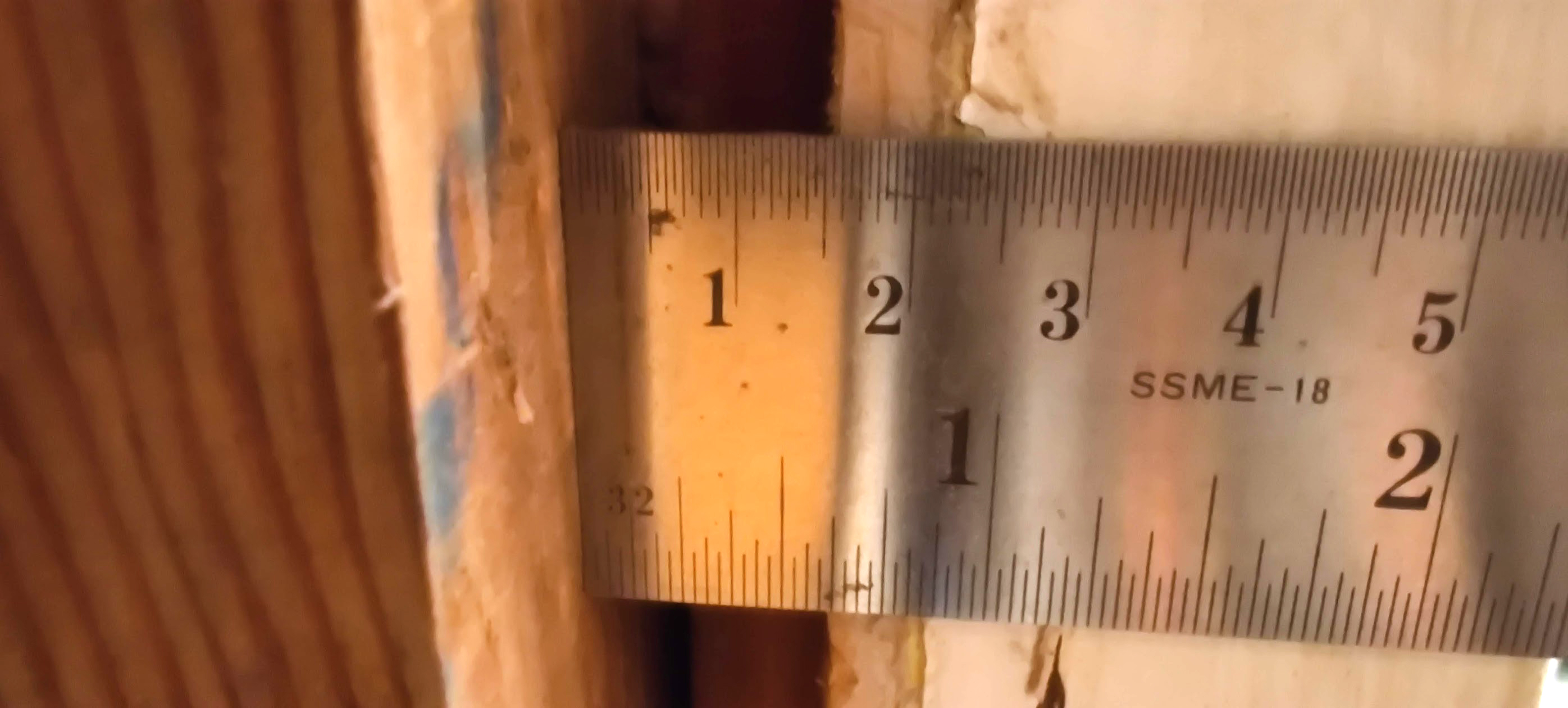What materials should I use to repair my kitchen wall after removing the backsplash, considering the thickness of the original wall?
So, I ran into a little trouble while trying to update my kitchen. I was just trying to swap out the tile and flooring, but things went south when I started removing the backsplash – it completely wrecked the wall!
Long story short, now I need to replace the ripped-out wall sections and make sure everything lines up with the old wall. The original wall bits are about 9/16″ or 19/32″ thick.
Any tips on what materials I should use to blend the new wall with the old one? I was thinking maybe go with 3/8″ drywall and then cover it with cement backer board.
I’m also trying to plan for the future, you know? Trying to make things easier for whoever has to deal with this mess next time around (whether it’s me or someone else).
Thanks for any advice you can offer – much appreciated!



It seems like using a base layer of 3/4″ should be sufficient when adding tile, don’t you think?
The material should not exceed 9/16″ in thickness to fit behind the trim and door jambs
Make sure to adjust the thickness of the backing as needed
Just attach slim plywood strips over the studs and then add the necessary drywall thickness
Thinks using 1/8 plywood strips could work. What do you think about using drywall or cement backer instead? Hoping to make it easier to remove the tile later on.
I’ve heard that Durock panel is good for gluing tiles, but I’m not sure what will happen when it’s time to remove it, .
Removing Durarock or cement board can cause damage and create unnecessary work for yourself and others. Consider using drywall instead, and shim if necessary.
Hey , does drywall remain intact when you remove tile?
Hey , yes, it’s true. The same goes for durarock, which means if there’s a future renovation, it would probably have to be replaced. It’s also a much tougher material to deal with and remove. So why bother using it? When you start breaking durarock, it tends to crumble and become useless pretty quickly. However, who knows, maybe using a lighter adhesive and trowel could make it possible to remove just the tile and salvage it.
Hey , I really appreciate your help. Basically, it seems like there isn’t a simple or clean way to remove tile, regardless of the substrate you choose. So it’s probably best to opt for the easiest option. Thanks for sharing your thoughts.
There are some ways for short term solutions, Marc. For floors, we’ve used tar paper, and for walls, adhering paper first with a water-soluble adhesive can make removal easier. However, there’s no guarantee the tile won’t be stronger than the substrate, so trying to remove it could cause fractures in any type of substrate and lead to grout breaking away quickly. We’ve set up booths for flooring and Reno stores, as well as decorated displays for home builders, so nothing was permanent. We tried various tricks for walls, but nothing worked as well as using a limited amount of drywall screws. With those, we could remove a whole tub surround or backsplash in full pieces, drywall and all.
Well, at least that makes me feel a little better, knowing there was no way I could save the existing wall. I’m just too honest, always putting others first even if it hurts myself. LOL
For drywall, consider using either 3/8″ or 1/2″. If you’re installing a backsplash like tile, opt for a thicker layer of mortar and apply some caulking between the counter and the backsplash.
Thicker mortar means you’ll end up with thinner drywall, obviously.
Use 5/8 Sheetrock
Thank you, .
Not exactly sure where you are measuring it, but 9/16’s is essentially 1/2″. It’s usually better to err on the side of less than more, so avoiding 5/8’s is advisable. Also, 3/8’s isn’t really a standard measurement.
It’s strange, because Home Depot and just about every other gypsum drywall manufacturer believe it’s a thing.
https://www.homedepot.com/p/USG-Sheetrock-Brand-3-8-in-x-4-ft-x-8-ft-Drywall-14109012208/100321594